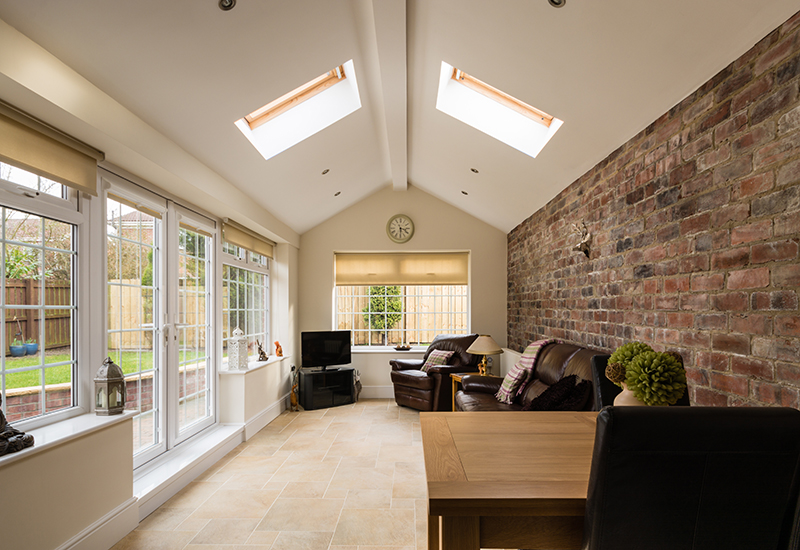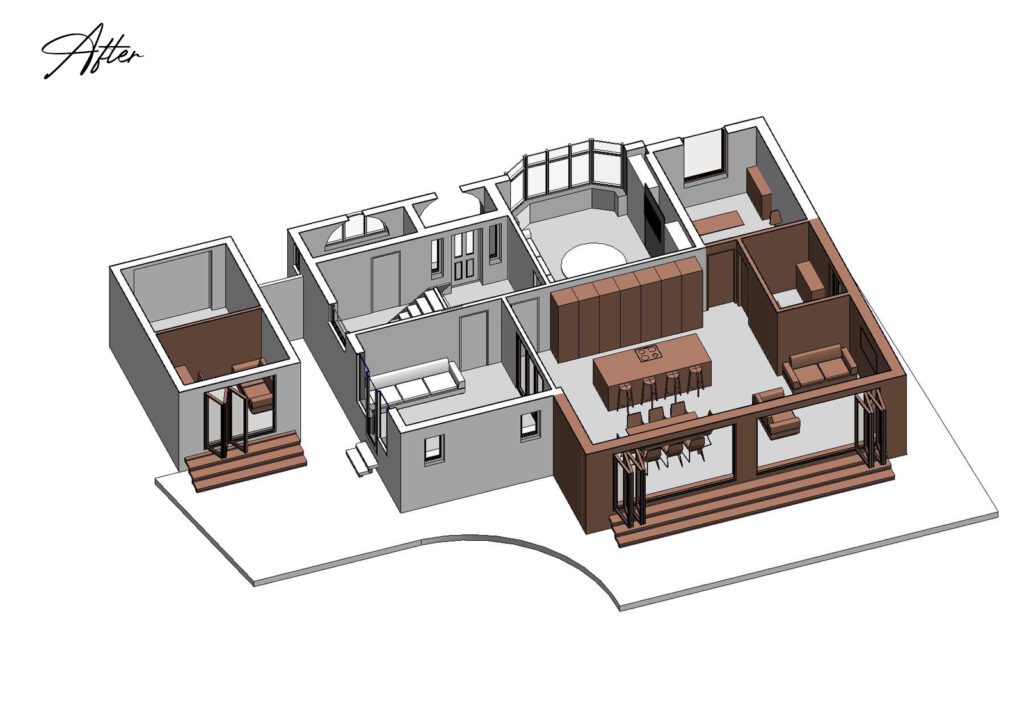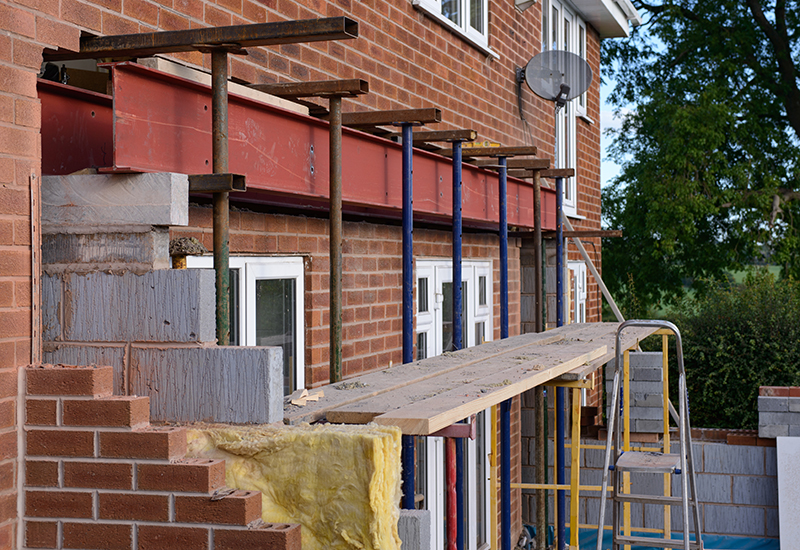The Planning Process Explained
A Householder Planning Application is the most common path for homeowners seeking planning approval for property extensions. This application type is typically necessary for various alterations, including extensions, conservatories, loft conversions, dormer windows, garages, car ports, outbuildings, porches, walls, fences, or improvements to vehicle access.
Fortunately, Householder Planning Applications are generally more straightforward compared to full planning permission applications. You can apply online through the government’s Planning Portal either independently or through an agent. Even though the process is less complex, there are benefits to having a planning consultant who is familiar with the system. Many such applications are rejected or returned, not due to ineligibility, but because of incomplete information or incorrect presentation.


After deciding on how to approach the application, your next task is to compile the required information. Beyond basic details like your name and address, you’ll need to succinctly describe your proposed changes, specifying their location and the number of stories involved – for instance, “Two-storey rear extension”.
Your application must also include location information with a map showing at least two named roads and surrounding buildings, which should be numbered. Your proposed alteration site should be delineated with a red boundary. The Planning Authority will need details about any proposed changes to vehicle and pedestrian access, and you’ll need to indicate the direction of north.


Before submitting, it’s advisable to seek ‘Pre Planning Application Advice’, an informal meeting with a planning officer to understand local requirements. Although most Local Authorities charge for this service, it can be instrumental in ensuring your application meets all the necessary criteria.
Typical reasons for rejection include poorly labeled drawings, missing information or plans, incorrect scaling, inaccurate fees, or missing red boundary lines on your site plan. In these scenarios, professional planning assistance can be particularly beneficial.
By ensuring you meet all criteria, providing accurate information, and engaging with a planning officer, you’ll increase your chances of obtaining planning permission and commencing your project. While you can complete this process independently, consulting a planning professional such as an Architect can simplify the procedure, ultimately saving you time and money in the long term.
Traditionally, planning applications should be determined within 8 weeks. However as a result of a backlog experienced through the pandemic, many Local Authorities are seeing timescales in excess of 3 times this duration.



